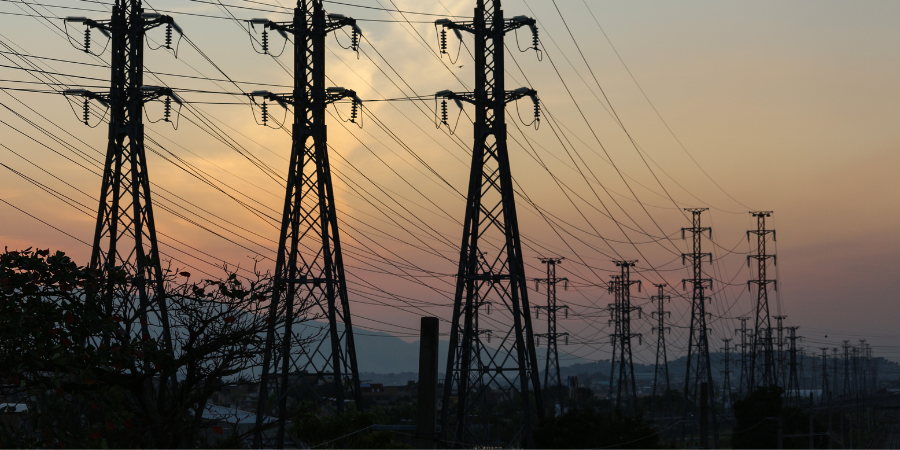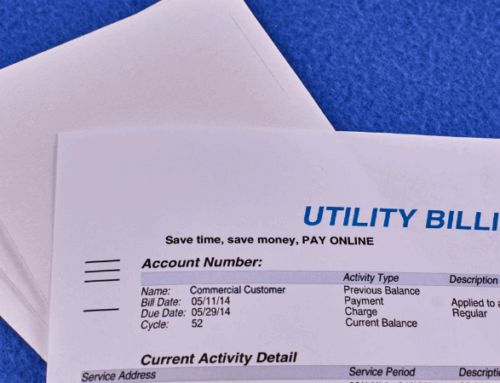As energy prices continue to rise globally, understanding and managing your energy procurement strategy is more important than ever. Whether you are a large electricity user, natural gas user, or both, this article will help you understand what drives both costs, how to shop for lower-cost energy, and the best ways to develop an effective energy strategy for your business.
Understanding Business Gas vs. Electricity
In most commercial buildings, electricity and natural gas play different roles.
Business electricity typically powers HVAC loads, machinery, lighting, IT equipment, elevators, and more. Electricity is a critical component in most commercial energy bills and must be clearly understood in order to control costs.
Natural gas, on the other hand, is typically used for heating loads, cooking, heating water, industrial processes, and high-heat applications. While some businesses do not have access to natural gas infrastructure and must rely on alternative fuel sources, natural gas can be a very efficient way to power business processes.
Cost Comparison
When comparing electricity and natural gas costs or billing statements, it’s important to understand a few key elements of each energy commodity:
- Billing Units:
- Electricity is priced in kWh or MWh
- Natural gas is priced in CCF/MCF or Therms/DekaTherms
- Wholesale Markets:
- Electricity has spot and futures markets, and is typically priced in on-peak or off-peak blocks
- Natural gas also has spot and futures markets, but is priced in quantities consumed, regardless of daily consumption hours
- Factors That Influence Rates:
- Natural gas spot markets are heavily influenced by supply and demand, while futures markets are influenced by trading volume
- Electricity markets are heavily correlated to the price of natural gas as it is a primary fuel source in power generation
- Infrastructure:
- Electricity cannot be stored and is distributed to all corners of the U.S. through complex transmission and distribution networks.
- Natural gas can be stored and is distributed through centralized pipeline networks, although these pipelines do not cover nearly the same footprint as electricity networks.
Replacing Electricity With Natural Gas
For many businesses, replacing certain electricity-powered processes with natural gas can be an effective way to reduce costs and improve efficiency. Heating, in particular, is often more economical when powered by natural gas, since gas furnaces and boilers typically operate at lower costs per unit of heat compared to electric resistance heating. However, making the switch isn’t as simple as plugging in a new appliance. It often involves upfront investment. Businesses must consider the cost of converting equipment to run on natural gas, along with the expense of running gas pipelines to the building.
Fortunately, utilities are often willing to absorb some or all of the pipeline installation costs if your anticipated gas usage is high enough to justify the investment. For smaller users, the economics can still make sense if businesses band together. By joining forces with neighboring companies in your community, you can present the utility with a collective case for natural gas demand. In many instances, utilities will agree to extend service at little or no cost if they are confident there will be sufficient long-term usage to recover their investment.
For businesses facing high electricity bills, particularly in heating or other thermal applications like pizza ovens, exploring a natural gas conversion strategy can unlock meaningful long-term savings while improving operational resilience.
Gas To Power Applications
Today, there are several applications utilizing natural gas to generate electricity in a more efficient manner than their traditional fossil fuel counterparts. Let’s explore gas-to-power conversions in more detail below.
Natural Gas To Power Conversion
Converting natural gas into electricity is a process that hinges on efficiency and careful measurement, often described through heat rates and conversion factors. Gas-to-power conversion is typically calculated in terms of how many British Thermal Units (BTUs) of natural gas are required to generate one kilowatt-hour (kWh) of electricity.
On average, it takes about 7,000-8,500 BTUs to produce one kWh.
This efficiency metric is known as the heat rate: the lower the heat rate, the more efficiently natural gas is being converted into electricity.
Understanding Heat Rates In Gas-to-Power Conversion
A heat rate is a key metric used to measure the efficiency of a power plant or generator in converting fuel, such as natural gas, into electricity. It represents the amount of fuel energy, measured in British Thermal Units (BTUs), required to produce one kilowatt-hour (kWh) of electricity. The lower the heat rate, the more efficient the generator, because less fuel is needed to generate each unit of electricity. For example, a modern combined-cycle natural gas plant might operate with a heat rate around 6,500-7,000 BTU/kWh, while older, less efficient plants could exceed 10,000 BTU/kWh.
Heat rates are critical in gas-to-power economics because they directly affect the cost of electricity produced. If natural gas costs $3.00 per MMBtu (million BTUs), and the plant has a heat rate of 7,000 BTU/kWh, the fuel cost per kWh would be roughly 2.1 cents. This means businesses evaluating on-site generation options, such as combined heat and power (CHP) systems, must carefully analyze expected heat rates to determine whether on-site gas generation will truly save money compared to buying power from the grid.
On-Site Gas Generation
For many commercial and industrial users, on-site natural gas generation can serve as a cost-effective alternative to grid-supplied electricity. Combined Heat and Power (CHP) systems, for example, not only generate electricity from natural gas but also capture and reuse the heat produced in the process, dramatically improving overall efficiency compared to centralized grid generation. Businesses with large, consistent energy loads, such as manufacturers, data centers, or hospitals, often find that pairing natural gas generation with renewable energy or storage provides both reliability and long-term cost control.
Thinking About Your Energy Mix?
Choosing the right energy mix for your business is about aligning cost and reliability with your operational goals. Our team can serve as a strategic partner in this choice, bringing decades of expertise in energy procurement and market analysis. Our team will evaluate your facility’s unique load profile, help to determine if some of your business’s processes are inefficient, and look for ways to improve efficiency. If you’re looking for an experienced energy partner, you’ve come to the right place. Contact us today to learn more about our solutions.



